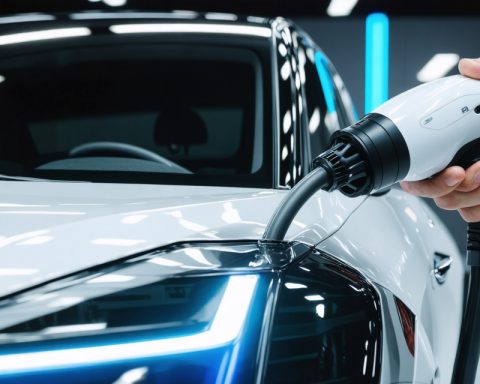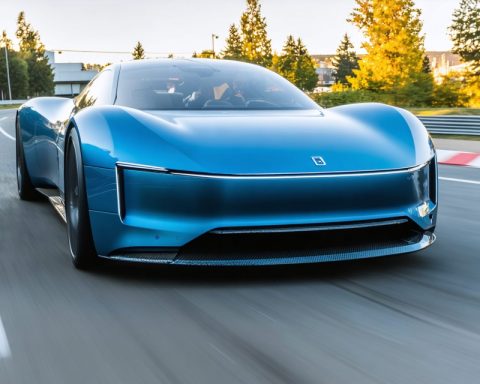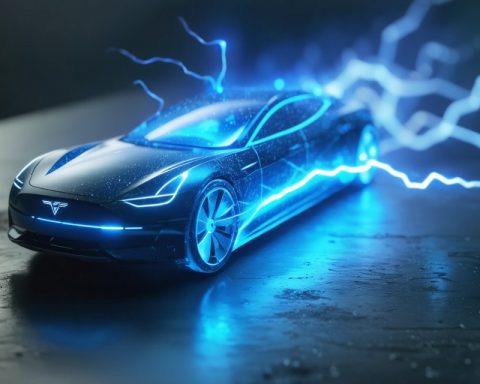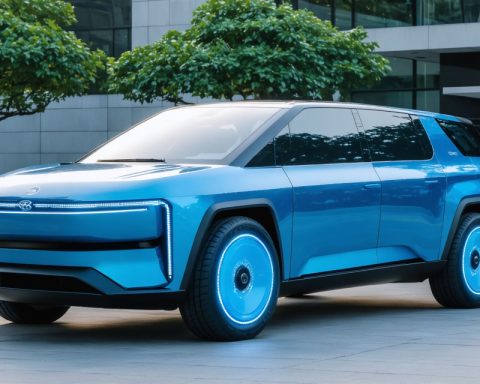Browse CategoryBatteries
Batteries are devices that store chemical energy and convert it into electrical energy through electrochemical reactions. They consist of one or more electrochemical cells, which have two electrodes (an anode and a cathode) separated by an electrolyte. When the battery is connected to a circuit, a chemical reaction occurs, allowing electrons to flow from the anode to the cathode, thereby generating electric current. Batteries are used in a wide range of applications, from powering small electronic devices like remote controls and mobile phones to larger systems such as electric vehicles and renewable energy storage. They can be classified into primary (non-rechargeable) and secondary (rechargeable) types, with materials and designs varying to meet specific power and energy requirements. Common battery chemistries include alkaline, lithium-ion, lead-acid, and nickel-metal hydride.


















